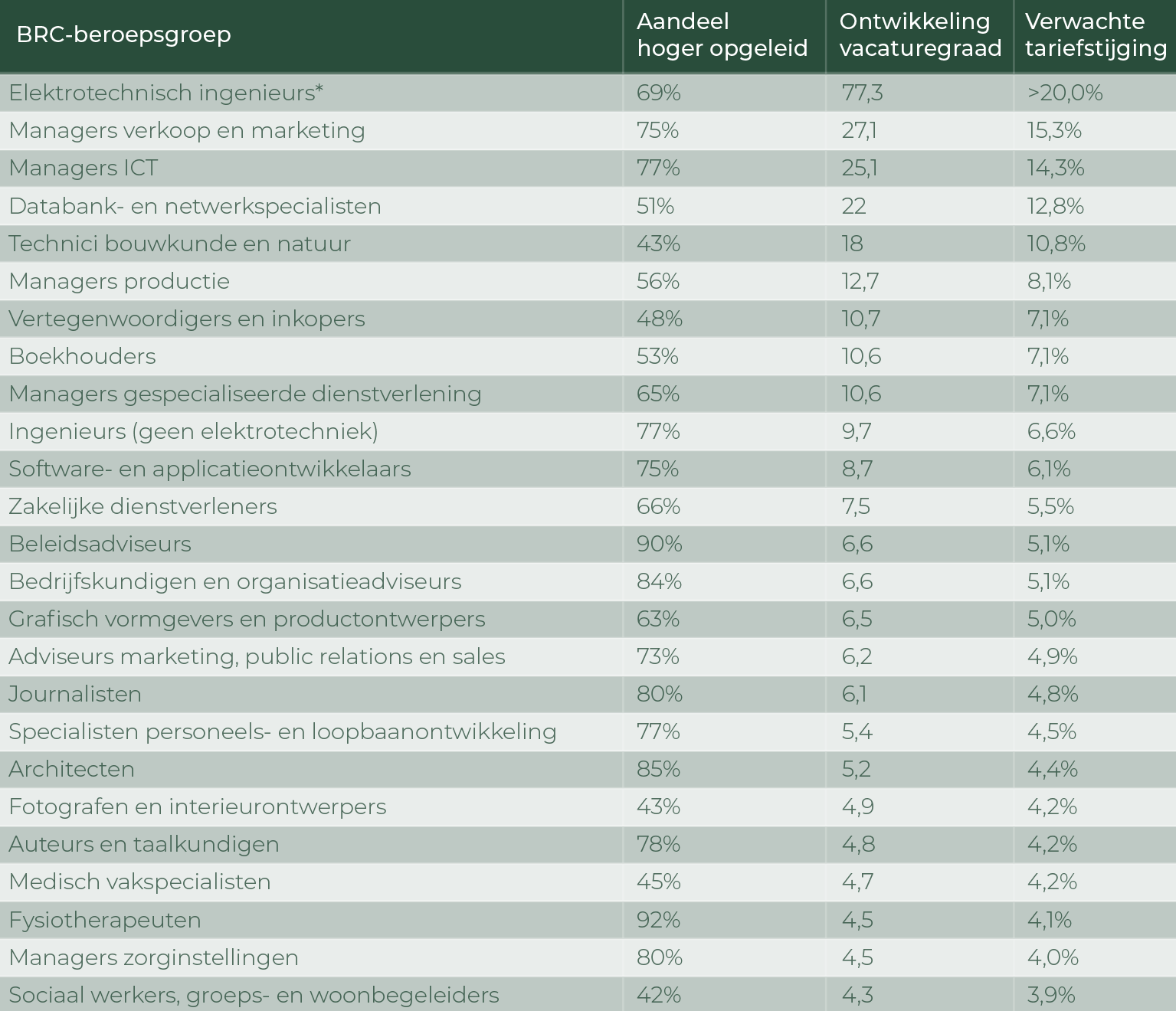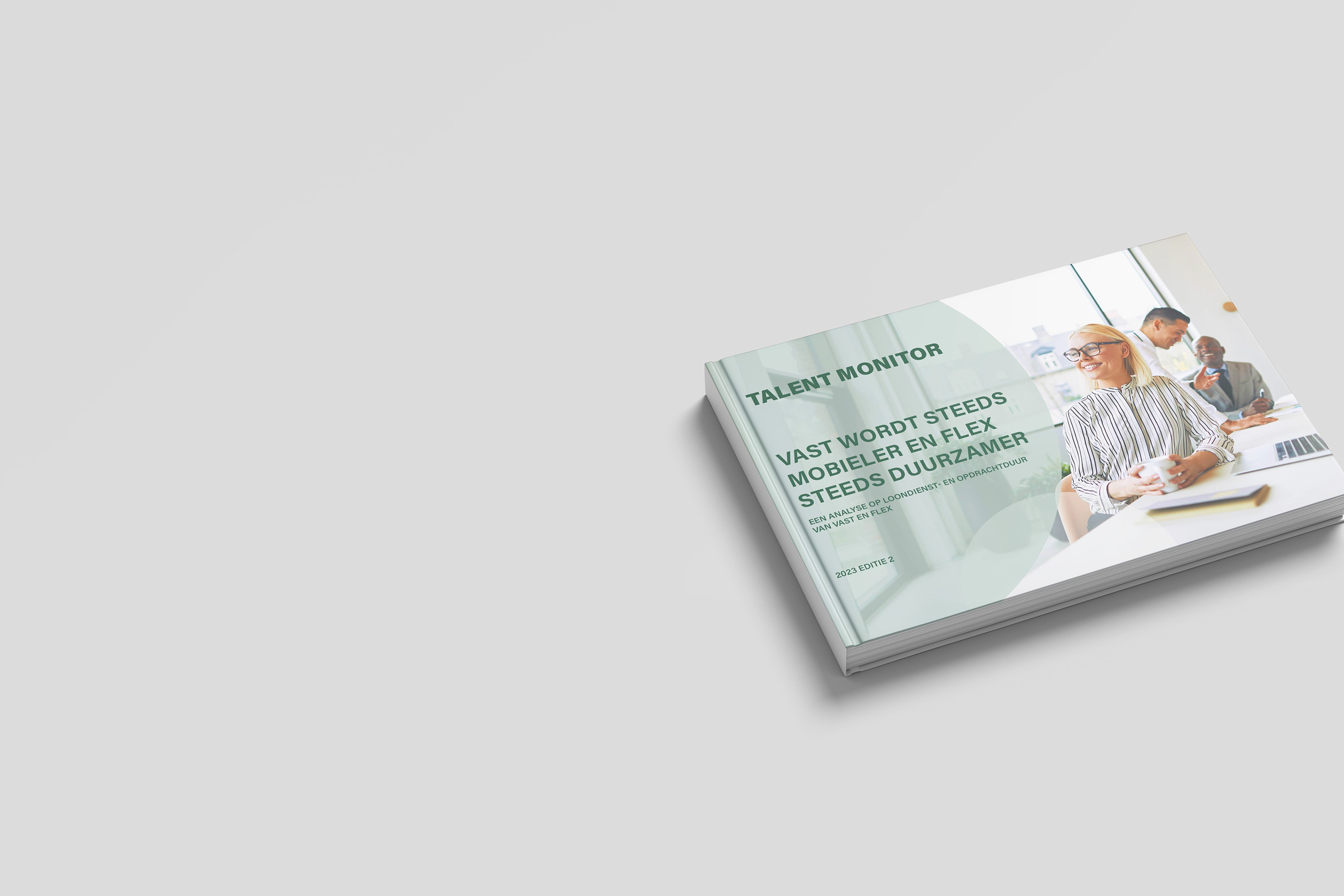Talent Monitor: Forecast tariff development professionals 2022
Labour market data specialist Intelligence Group has developed a unique rate prediction model, which includes data from HeadFirst Group. At the end of 2021 we presented the first prediction, which has started an annual tradition.
On average, highly educated professionals will earn 5% more.
Self-employed persons without employees and agencies that second professionals will probably raise their fees considerably in 2022. On average, highly educated professionals will be able to raise their hourly rates by 5 percent in 2022. The highest increases are expected in vocational professions, with machine fitters expected to make the greatest wage jump – they will most likely earn 44.6% more. The average wage increase is expected to amount to 7 percent across the entire workforce, ranging from those with vocational training to those with higher education Read the entire press release here.

Key findings
- Fees are expected to rise by 7% on average in 2022. Fees charged by highly educated professionals are expected to rise by 5%, while fees charged by professionals working in more vocational and operational jobs (blue collar workers) are expected to rise by at least 7%.
- If we focus on the professionals’ segment, we see that the only professionals for whom no fee increases are expected are logistics managers, librarians and curators. While the former do have a profession that is in demand, they are less in demand than last year. The greatest fee rises are expected for electrical engineers, sales and marketing managers, IT managers, database and network specialists, architects and engineering and forestry technicians.
- If we consider the more practical and operational segment, we see that only independent bus and tram drivers are expected to see their income reduced slightly (-1.1%). The greatest pay rises are expected for machine fitters, plumbers and pipe fitters, carpenters, electricians and electrical fitters, assembly workers, farmers and foresters, welders and platers and lorry drivers.
- Pay rises are mostly due to a constant, year-on-year increase of 1.8%. Such increases may largely seem to be due to inflation, but that is not always the reason. Increases or decreases in the number of outstanding vacancies in the profession also play a role. Fees fluctuate along with fluctuations in the number of outstanding vacancies, i.e. as the market becomes tighter or slacker. Together, these two factors explain the level of variance in the forecasting model for up to 90.6%.
Partner

Download Talent Monitor
Other reports...
Talent Monitor: De convergentie van vast en flex
Wij stellen elk kwartaal – op basis van de recruitmentdata van…
Talent Monitor: Vast wordt steeds mobieler en flex steeds duurzamer
Wij stellen elk kwartaal – op basis van de recruitmentdata van…
Talent Monitor: Tariefontwikkeling professionals 2023
Wij stellen elk kwartaal – op basis van de recruitmentdata van…








